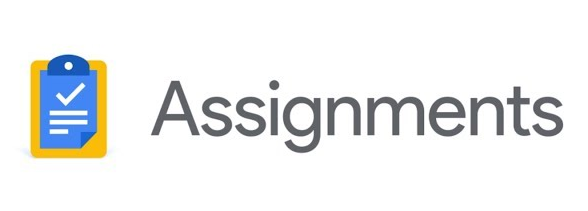The methods of collecting data
Q.2. Describe the methods of collecting data.
There are different methods of data collection. Each method of data collection has its special concerns which need to be considered fully before doing the study. This is why pre-testing is so valuable, because it helps you to find and address potential problems before they enter your study and cause bigger problems. The plans for collecting data should be described carefully. In a field study, it is always more difficult to be precise, and you may need to make changes once you enter the field. Nevertheless, it is better to have a clear plan that can be changed as you move forward. For an experiment; data collection procedures can usually be described very precisely. This is also true of a survey. Surveys using mailed questionnaire tend to have multiple stages in the data collection procedure to increase the response rate. If you are using secondary data, you need to describe at this stage how you will collect the data. The quality of the outcome of research also depends on the quality of data itself. In turn, the quality of data is determined by the procedure of data collection. The indication of the quality of data lies in the dependability of the information collected from the sample.
Processing of the Data
Once the data are collected, they must be processed. If the
responses are in qualitative terms you have to prepare a code book where you
have to give numbers for the qualitative responses. This is very much essential
if you wish to process your data through computer. If they are field notes,
they must be organised and categorised. In the research proposal, a concise
statement may be included to address this subject. It may describe what type of
computer facilities is available, what possible sources of assistance are available, and what efforts
are being made to increase accuracy in the handling of the data. There are now
some technological advances in data gathering which speed the process from data
gathering to data entry. An example is the SPSS (Statistical Package for Social
Sciences) now becoming quite common for social research.
Analysis and Interpretation of Data
You need to plan how you will analyze the data. It is
advisable to prepare a plan of analysis of data spelling out the various
applications of statistical tests carefully while the study is being designed.
It is better to have a planned strategy that can be adapted than to end up with
piles of data for which you have no organised plan. You are also required to
explain how you are planning to compare or contrast different variables, for
example, men with women, one rehabilitation program with another, length of
time spent in an organisation by the attitude of employees towards the new
incentive introduced recently? In addition, you need to consider which
statistical tests you plan to apply to evaluate the association/differences
between the variables. For example, if you propose to measure correlation
between the variables to test whether there are significant correlations
between them you have to select an appropriate test of correlation that could
get the result you need.
Selection of Method and Tools of Data
Collection
There are three primary methods of data collection, namely,
observation, interview and questionnaire. Under these three methods are
included several research instruments such as, psychological test, achievement
tests, interview schedules, etc. You will learn about these methods in chapters
10,11,12. In these chapters the methods are explained in details so that you
can use them to design and carry out a study based on questionnaires or
interviews, and in field studies using different types of observation
techniques. It also describes different forms of what might be called data
collection procedures for using secondary data. It is important to note that
the research instruments are for the measurement of variables. Every variable
has certain attributes of its own, amenable to measurement by different types
of scaling, namely, nominal, ordinal, ratio and interval.
Similarly, these are variables which are amenable only to
rigorous standardised tests, like those of intelligence, reasoning ability,
etc. There are others which can be measured through inventories or
questionnaires. Then there are variables which necessitate the use of
interviews with probing questions to be able to go into the details of a
process. The common mistake in this area is the use of incompatible instruments
vis-à-vis the variables being measured; for example, researchers may use a
questionnaire to measure attitude. Similarly, in the name of a questionnaire,
researchers may actually frame an opinionnaire. Sometimes researchers use
questionnaires for conducting interviews as if a questionnaire is no different
from an interview schedule. More often than not, interviewing is called for
when a lead question to ‘Yes’ and/or ‘If no’ kind of situation. The points to
be borne in mind while preparing a research proposal are the following:
1) Whether the
researcher has chosen a tool of data collection that can actually measure the
variables.
2) Whether the tool of data collection has been picked up
from an existing stock or has been constructed by the researcher. In case of
the former, whether the researcher has checked its validity, and reliability.
In case the researcher has used the tool of data collection on his/her own, has
care been taken to check the attributes of the tool, a dependable tool of data
collection, be it a questionnaire, inventory or an interview schedule.
3)
Whether the researcher has tested the feasibility of the use of the tool of
data collection.
what are the 4 methods
of data collection?
what are the 5 methods
of collecting data?
methods of data collection in
research methodology
data collection methods ppt
data collection methods pdf
methods of data collection in
statistics
methods of data collection in
research methodology pdf
primary and secondary data collection methods
If You Want Full PDF
Whatsapp : 8130208920
Per Subject PDF 49/- Only






Post a Comment